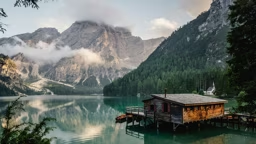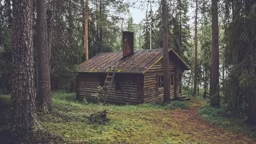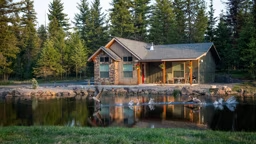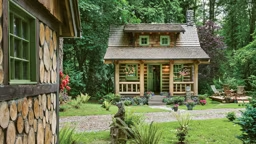Q: Am I paying more because my place is remote and exposed to theft, vandalism and other damage? How can I reduce risk and payments?
A: Because they are susceptible to theft, vandalism, and fire and water damage, second homes are typically more expensive to insure than primary homes. However, you can reduce payments by incorporating deadbolt locks, smoke detectors, fire extinguishers and even a central alarm system. An alarm system, for example, can cut 10 to 20 percent off premium fees. Building a second home in a gated community or hiring a caretaker can reduce rates in some cases as well. Though it can add liability costs, maintaining constant rental tenants will also reduce the surcharge for vacant property.
Q: What if a loss occurs when my second home is unoccupied; am I still fully covered?
A: Fortunately, yes. Even if no one is occupying your cabin, you will still have coverage under general home-owners insurance.
However, you must use reasonable care for coverage to apply. For instance, for those in cold weather states, maintain heat in your place or shut off the water supply and drain all systems and appliances of water.
SOURCE: Loretta L. Worters, Vice President of Communication for the Insurance Information Institute, www.iii.org.
 stockxpert.com
stockxpert.com 









